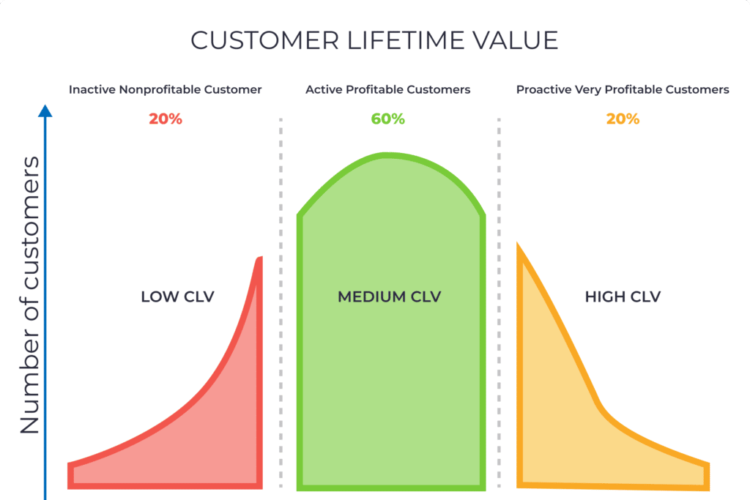
Google’s SEO algorithm updates and AI advancements significantly impact how websites are ranked in search results. Understanding these updates and how to optimize for them is crucial for maintaining and improving your site’s visibility. Here’s a guide to Google SEO algorithm updates and AI:
1. Core Algorithm Updates:
Google regularly releases core updates to improve search results. These updates typically focus on relevance, quality, and user experience.
How to Optimize:
- Quality Content: Create high-quality, relevant, and original content that answers users’ queries.
- E-A-T: Focus on Expertise, Authoritativeness, and Trustworthiness in your content.
- User Experience: Ensure your website offers a great user experience, including fast loading times, mobile-friendliness, and easy navigation.
2. Panda Update:
Launched in 2011, the Panda update targets low-quality content, thin content, and duplicate content.
How to Optimize:
- Content Quality: Avoid duplicate content and create comprehensive, informative articles.
- Content Freshness: Regularly update your content to keep it relevant and fresh.
- User Engagement: Focus on user engagement metrics like bounce rate and time on site.
3. Penguin Update:
Introduced in 2012, the Penguin update focuses on detecting and penalizing link schemes and spammy backlinks.
How to Optimize:
- Backlink Quality: Acquire high-quality, relevant backlinks from authoritative sites.
- Disavow Bad Links: Use Google’s Disavow Tool to disassociate your site from spammy links.
- Natural Link Building: Focus on earning links naturally through valuable content.
4. Hummingbird Update:
Released in 2013, the Hummingbird update emphasizes semantic search and understanding the intent behind queries.
How to Optimize:
- Keyword Strategy: Use natural language and long-tail keywords.
- Content Relevance: Answer users’ questions comprehensively and clearly.
- Structured Data: Implement schema markup to help search engines understand your content better.
5. Mobile-Friendly Update (Mobilegeddon):
Launched in 2015, this update prioritizes mobile-friendly websites in mobile search results.
How to Optimize:
- Responsive Design: Ensure your site is mobile-friendly and responsive.
- Mobile Usability: Optimize for mobile usability, including touch-friendly navigation and fast loading times.
- Mobile Testing: Use Google’s Mobile-Friendly Test to check your site’s mobile performance.
6. RankBrain:
Introduced in 2015, RankBrain is an AI-based component of Google’s algorithm that helps process search results and understand search queries.
How to Optimize:
- User Intent: Focus on understanding and satisfying user intent with your content.
- Behavioral Metrics: Improve metrics like click-through rate (CTR) and dwell time.
- Comprehensive Content: Create in-depth content that covers topics thoroughly.
7. Medic Update:
Rolled out in 2018, the Medic update focuses on E-A-T (Expertise, Authoritativeness, Trustworthiness), especially for health, financial, and YMYL (Your Money Your Life) sites.
How to Optimize:
- Author Credibility: Highlight author credentials and expertise.
- Trust Signals: Include trust signals such as reviews, testimonials, and certifications.
- Quality Content: Ensure content is well-researched, accurate, and provides value.
8. BERT Update:
Launched in 2019, BERT (Bidirectional Encoder Representations from Transformers) helps Google understand the context of words in search queries.
How to Optimize:
- Natural Language: Write content in a natural, conversational style.
- Contextual Relevance: Focus on providing clear and contextually relevant answers.
- Long-Tail Keywords: Use long-tail keywords that match the natural way people search.
9. Core Web Vitals:
Introduced in 2020, Core Web Vitals are a set of metrics related to speed, responsiveness, and visual stability.
How to Optimize:
- Page Speed: Optimize your site for fast loading times.
- Interactivity: Ensure your site responds quickly to user interactions.
- Visual Stability: Avoid layout shifts and ensure visual stability.
10. Helpful Content Update:
Launched in 2022, this update aims to reward content that is genuinely helpful to users.
How to Optimize:
- User-Centric Content: Focus on creating content that directly answers user queries and provides real value.
- Avoid Clickbait: Stay away from clickbait tactics and ensure your titles and meta descriptions are honest and relevant.
- Engagement: Enhance user engagement by providing comprehensive and engaging content.
11. AI and Machine Learning:
Google increasingly uses AI and machine learning to refine search results and better understand user intent.
How to Optimize:
- Structured Data: Implement structured data to help search engines understand your content.
- Content Quality: Maintain high content quality with a focus on user intent and satisfaction.
- AI Tools: Utilize AI tools and insights for content creation and optimization.
12. Continuous Monitoring and Adaptation:
SEO is dynamic, and Google continuously updates its algorithms.
How to Optimize:
- Stay Informed: Keep up with the latest SEO news and updates.
- Regular Audits: Perform regular SEO audits to identify and address issues.
- Adapt Strategies: Be ready to adapt your strategies based on new algorithm updates and industry trends.


